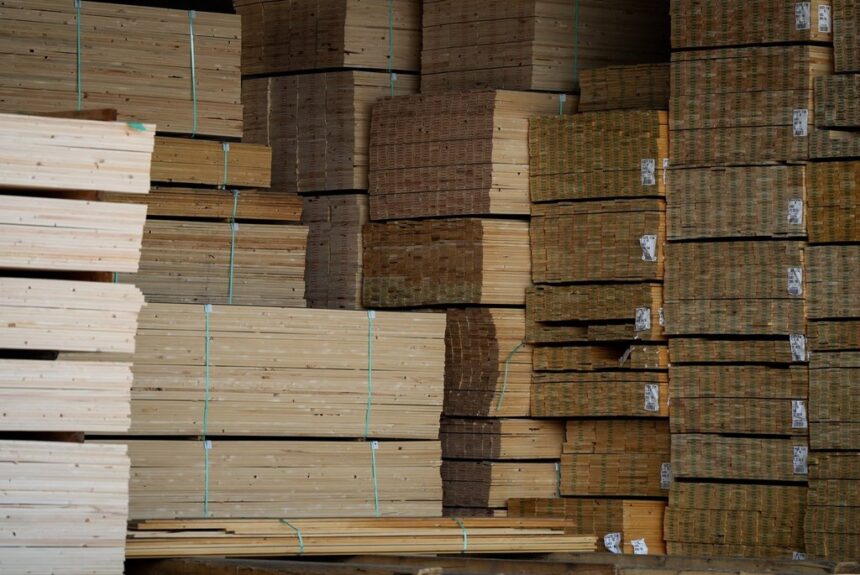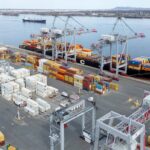In a decision that sent shockwaves through Canada’s forestry sector Thursday, the United States finalized substantial increases to duties on Canadian softwood lumber imports, escalating the decades-long trade dispute to new heights. The U.S. Commerce Department instructed border officials to begin collecting duties averaging 14.54 percent, up from the previous 8.05 percent rate, delivering a significant blow to Canadian producers already navigating challenging market conditions.
“This decision represents yet another chapter in what has become one of North America’s most persistent trade conflicts,” said Michael Hartson, Chief Economist at Resource Trade Analytics. “The timing couldn’t be worse for Canadian producers who are still recovering from pandemic-related supply chain disruptions and fluctuating housing markets.”
The duty increases vary dramatically by company, with some facing rates as high as 19.66 percent, while others benefit from more favorable individual assessments. West Fraser Timber, one of Canada’s largest producers, now faces a 9.38 percent duty, while Canfor Corporation must contend with an 18.99 percent rate on its U.S.-bound shipments.
Canadian International Trade Minister Mary Ng condemned the decision as “unjustified” and promised that Ottawa would challenge the ruling through all available dispute resolution mechanisms. “These duties hurt workers and communities on both sides of the border,” Ng stated in a firmly worded release. “They inflate construction costs for American consumers at a time when affordable housing remains a critical issue.”
The Canadian lumber industry contributes approximately $25 billion annually to the national economy and supports over 200,000 direct and indirect jobs, particularly in rural communities where forestry often serves as the economic backbone. Industry analysts project these increased duties could potentially cost the sector upwards of $850 million annually in additional export costs.
This dispute, which has persisted for nearly four decades, centers on fundamental disagreements over Canadian forestry practices. U.S. producers have long alleged that Canada unfairly subsidizes its lumber industry through artificially low stumpage fees on publicly owned lands. Canadian officials and industry representatives have consistently rejected these claims, pointing to previous victories in international trade tribunals.
“The U.S. lumber lobby continues to push these protectionist measures despite repeated legal defeats,” explained Susan Williams, Director of the Canadian Forest Trade Council. “Since 1982, Canada has prevailed in virtually every legal challenge to these duties, yet the cycle continues because the U.S. system allows domestic producers to repeatedly trigger new investigations.”
Market analysts suggest the timing of this decision correlates with the robust recovery of the U.S. housing market, where demand for construction materials has surged. U.S. homebuilders, however, have expressed concerns about the ruling’s impact on construction costs, which could ultimately be passed on to American consumers.
“This represents a tax on American homebuyers,” said Robert Miller, President of the U.S. National Association of Home Builders. “At a time when we’re trying to address housing affordability, these duties will add approximately $1,500 to the cost of an average new home.”
The Canadian government has already pledged $30 million in support for affected communities and companies to help weather the impact while legal challenges proceed through international trade channels. Provincial leaders from British Columbia, Quebec, and Ontario—regions with significant forestry sectors—have also announced plans to supplement federal assistance with regional support programs.
As this trade conflict intensifies, the question remains: will this escalation finally prompt both nations to negotiate a sustainable long-term solution, or are we witnessing merely the latest skirmish in a trade war destined to continue for another generation?











